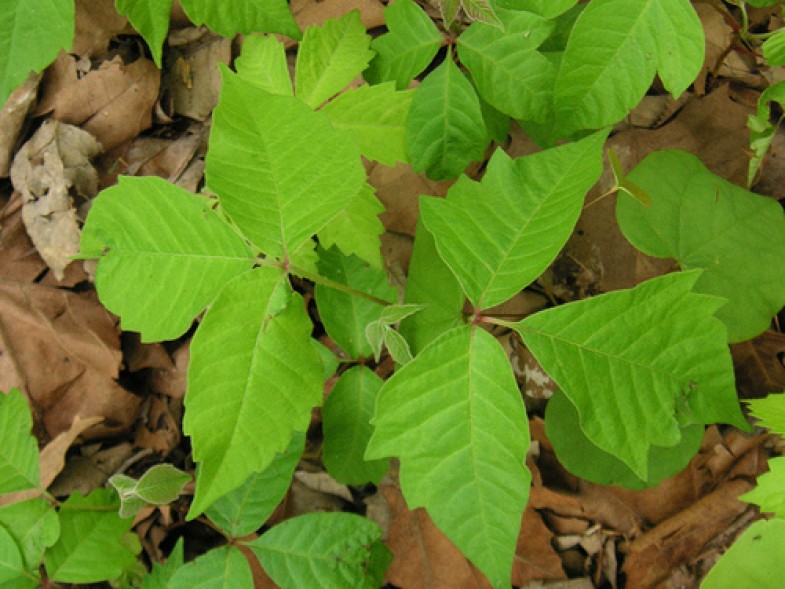On a problem as huge and frightening as climate change it’s sometimes the small stuff that really gets us thinking.
Predictions of melting polar ice caps inundating seacoast cities and blistering heat turning the Great Plains to desert boggles the mind, often leaving me dumbfounded and defeated rather than charged up about saving the earth.
But the sobering news that most of us will be itching and scratching more in the future got me off the sofa and talking to my neighbors. National Geographic Adventure (May 2008) reports a Duke University study showing that poison ivy now appears more frequently in meadows and woods thanks to increasing levels of CO2. The same for poison oak and poison sumac.
To make matter worse, the stuff in poison ivy that makes us itch—urushiol—is also becoming more potent thanks to increased carbon, according to Duke biology professor Jim Clark. “We’re talking about the same compound as before—just more of it.”
This reminds me of a cardinal rule for writing science fiction that I learned years ago in a college class. The success of your story depends far less on how you describe the 400-foot spotted monster from outer space demolishing an office building than how you evoke the horrified look on the face of a little girl in blond pigtails in a freshly-pressed Sunday dress with a Raggedy Ann doll under her arm watching it happen.
To grasp something completely outside our experience, we first must touch base with what’s familiar. I really can’t imagine New York City under forty feet of water, but I already dread covering up from head to toe to take a hike in the country. And that drives me to do something about it.
We need to take this into account when discussing climate change and other critical issues affecting the global commons. Shocking scenarios of future calamity motivate people less than straightforward discussion of how a given problem will affect their everyday lives.




